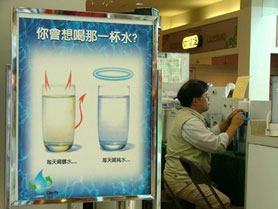Maisonneuve has a fascinating story about ethnoburbs, the new suburbs for middle-class immigrants where strip malls are filled with ethnic businesses, bubble-tea parlours dot the landscape and schools fill up with kids from any number of different backgrounds. Just like in the old ethnic enclaves, immigrants can shop and work in their native language, they want to see their kids succeed, but they don’t want to lose their culture or language.

The term “ethnoburbia” was first coined in the 1990s by Wei Li, now associate professor at Arizona State University. Through her research in Los Angeles, she found in the San Gabriel Valley a Chinese community that wasn’t a Chinatown at all: “Unlike traditional ethnic neighbourhoods, ethnoburbs are affluent and diverse, home to a wide variety of ethnic groups and income levels. Residents are white-collar and well-educated.”
Instead of diluting the ethnic presence, the rise of the ethnoburb has made it more visible. Ostentatious new houses has altered city landscapes and the political landscape is modified as well as many suburbs now have Asian-American school board trustees and municipal councillors.
However, the rise of prosperous ethnoburbs has sometimes been accompanied by the appearance of the suburban immigrant ghetto. “Middle-class immigration, says Margaret Wente, a columnist for the Globe and Mail, is a huge positive, but some immigrant groups are vastly more successful than others in this society. That’s not a very popular thing to say.”
Then of course, it triggers controversy. Long-time local residents sometimes question whether new ethnic businesses, institutions and places of worship fit into the surrounding area.
Via Agenda .
